A clever Canuck?
The Canada Jay: The National Bird of Canada?
by David Bird (ed.) (with foreword by Robert Bateman)
Surrey: Hancock House, 2022
$9.95 / 9780888397171
Reviewed by Trevor Marc Hughes
*

As recent research of mine would suggest, the Canada Jay (aka whiskyjack or Gray Jay) is a brainy bird.
That it is considered to be one of the “smartest birds on the planet” is a point of argument of this modest volume of 82 pages for the Canada Jay to become our national bird. After all, tucked within the ten chapters, packed full of information and good humour, is the fact that “106 of the worlds 195 countries have official birds.” So, why doesn’t Canada have an official bird yet?
A quick perusal online will inform you that the Royal Canadian Geographical Society chose the Canada Jay as the national bird of Canada. However, the Canadian government has yet to endorse this decision, and has not officially recognized the bird as the national bird.
It does not take long to learn, as you go through the initial pages of the book, that there has been an impressive movement to get this bird the recognition many across Canada think it deserves. This is a movement: make no mistake about it. There is even a Canada Jay logo.
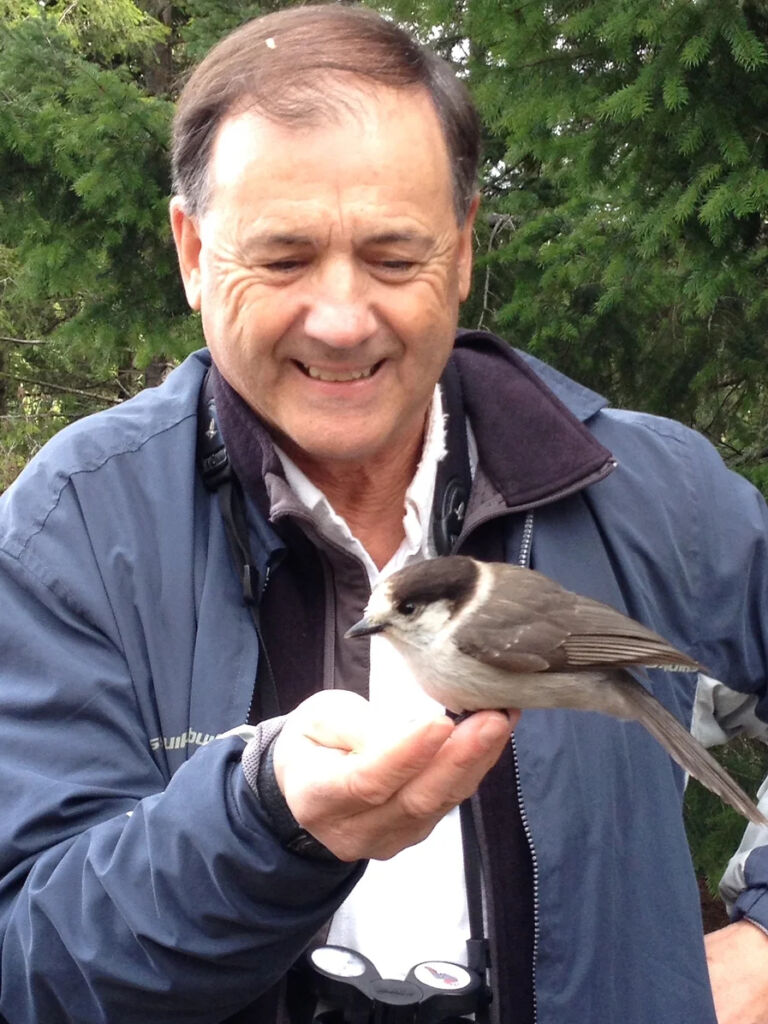
Coordinating editor David M. Bird, now based on Vancouver Island, is Emeritus Professor of Wildlife Biology at McGill University. He has assembled some impressive names as contributors to this book. First of all, there’s artist Robert Bateman . The visually stunning layout of the book is launched from Robert Bateman’s 1981 painting of a Canada Jay entitled Wrangler’s Campsite and another, Whiskey Jack from 1996. Bateman is an influential figure in the world of nature’s creatures, and sparks curiosity in the “bright bird…ubiquitous in the coniferous forests across northern Canada.” He goes further to establish “First Nations people refer to it as a trickster and camp robber.” Whisky Jack actually is an anglicization of a Cree word. The Canada Jay has a “sociable…friendly, almost confiding manner.”
Bird himself writes a first chapter establishing what a popular activity birding is in Canada. It developed in popularity over the course of the pandemic. He reminds us of the intrinsic value of birds. But, Bird asks, why do we not have a national bird?
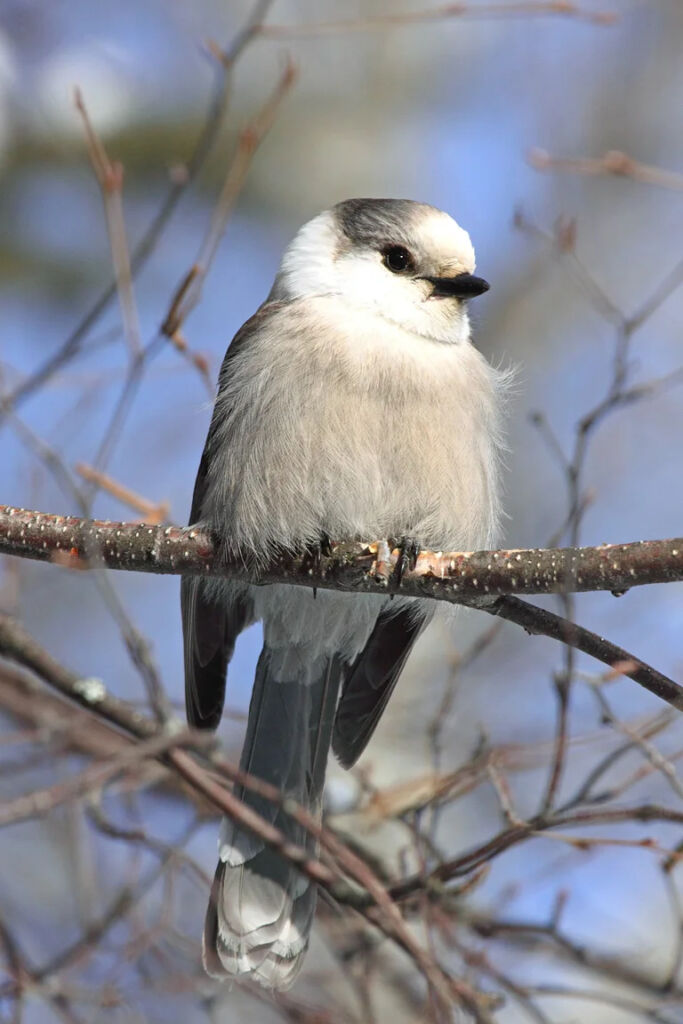
Would any of us above the 49th parallel need to ruminate much when asked what the National Bird of the United States is? (Hmmm. I’ll let you answer that one without any prompts.)
Okay, so a discussion of our official national bird is overdue. Case in point: Did you know even the provinces and territories have official birds? Do you know what they are? A chapter is devoted to illuminating readers on the subject.
Former editor-in-chief of Canadian Geographic Magazine Aaron Kylie gets in on the action, asking “if Time could annually name a person of the year, and People could determine the planet’s sexiest man of the year, why couldn’t Canadian Geographic name a national bird?”
While this brief book clearly exists to generate public engagement on the subject, it is entertaining and informative, playful and positive in tone; a welcome respite from hard-edged, heavy-handed identity politics. It had me laughing out loud at some points, which is more than a dry pamphlet might do. Oh, and did I mention the Canada Jay is “one of the smartest birds on the planet.”
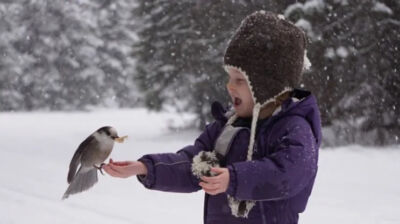
This leads me to mention another cool factor aspect of the bird. It is so tame. Why? It seems to be an enduring mystery. It may be because of its intelligence. It learns. There are mentions of human/Canada Jay encounters, and the rapprochement that happens between people and winged creatures allows for an unforgettable connection with the natural world.
Near the end of the book, the bird is also held up as a reconciliatory agent and environmental emissary. Mark Nadjiwan, an artist hailing from the Anishabek Nation, presents a work For Seven Generations, noting the Canada Jay as a “cultural bridge-builder and symbol of environmental stewardship.” What an ideal symbol to rally behind in these divided times!
I’m going to pass the message along, by passing along this review copy of the book, in an attempt to be a small influence. There are several actions listed at the back of the book for those convinced that this bright bird could be more than just a symbol for our country: it might just bring us together.
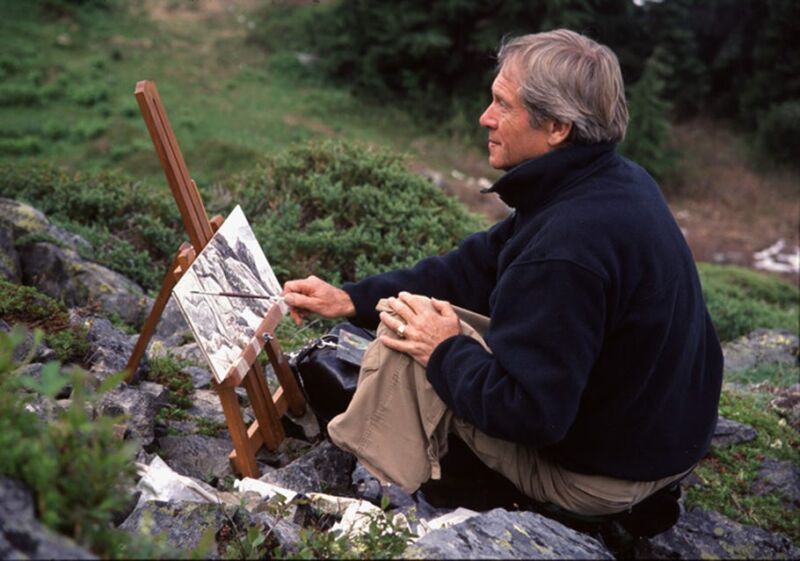
*
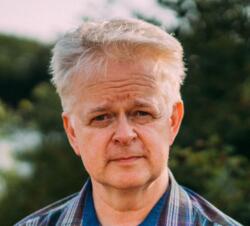
Trevor Marc Hughes is the author of Capturing the Summit: Hamilton Mack Laing and the Mount Logan Expedition of 1925. He is currently the interim non-fiction editor for The British Columbia Review and recently reviewed books by Ian Kennedy, John Vaillant, Peter Rowlands, and Daniel Arnold, Darrell Dennis, & Medina Hahn.
*
The British Columbia Review
Interim Editors, 2023-24: Trevor Marc Hughes (non-fiction), Brett Josef Grubisic (fiction)
Publisher: Richard Mackie
Formerly The Ormsby Review, The British Columbia Review is an on-line book review and journal service for BC writers and readers. The Advisory Board now consists of Jean Barman, Wade Davis, Robin Fisher, Barry Gough, Hugh Johnston, Kathy Mezei, Patricia Roy, Maria Tippett, and Graeme Wynn. Provincial Government Patron (since September 2018): Creative BC. Honorary Patron: Yosef Wosk. Scholarly Patron: SFU Graduate Liberal Studies. The British Columbia Review was founded in 2016 by Richard Mackie and Alan Twigg.
“Only connect.” – E.M. Forster
5 comments on “A clever Canuck?”